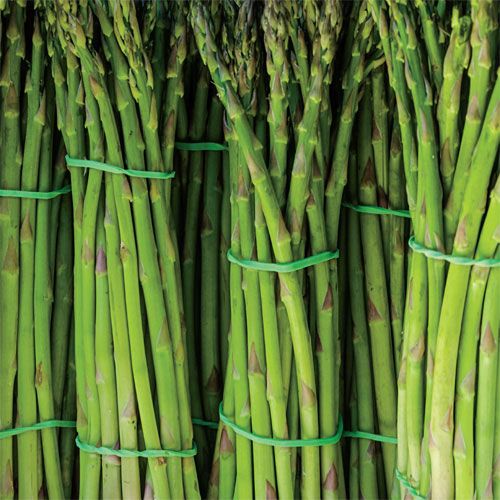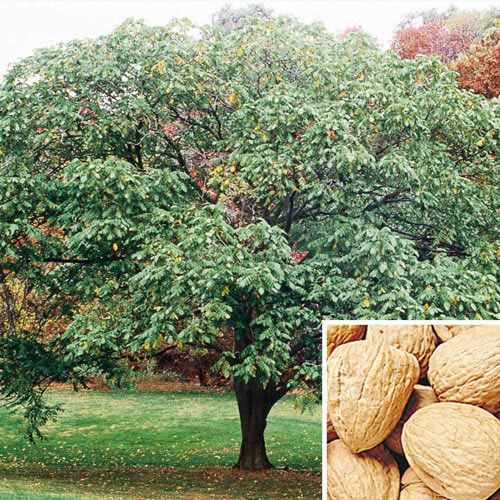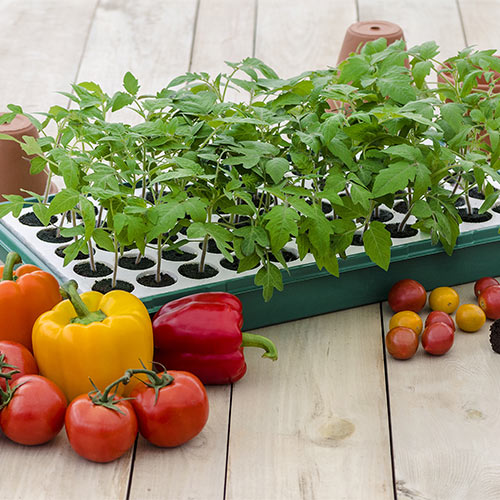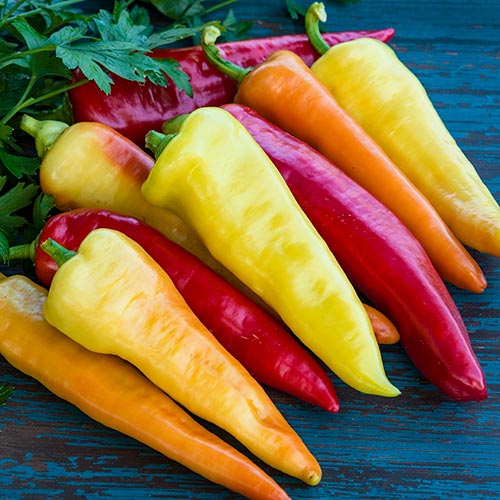I love picking asparagus straight from the garden and eating it fresh. It’s one of the best reminders of spring turning to summer. Asparagus is a perennial vegetable that can produce annual springtime harvests for up to 20 years, following an initial three-year period while the bed gets established after planting. It’s a popular vegetable, so I’m sure many of you are growing it in your gardens. That’s why I’ve come up with some general facts and care tips about asparagus:
Tag: Gurney
Why Plant Gurney’s® Deluxe Fruit Trees?
Fall is officially here! Autumn is my favorite season. The leaves turn colors and drift away, the air is crisp and cool, and warm apple cider and pumpkins are waiting to be enjoyed. Many people may not know this, but Fall is actually the perfect time to plant a tree! The ground is still warm enough to support the roots, and the tree will have plenty of time to settle in before winter.
How to Plant Your Own Garden Seeds
Every spring, you head down to the local nursery to buy the plants you carefully selected during your winter hibernation. The joy of seeing the plants you will nurture and enjoy is often marred by the jolt you receive when the cashier gives you the total price of your new garden! Thankfully, there’s a way to avoid sticker shock; you can start seeds at home. Not only does starting your own seeds save you a ton of money, it opens up your seed choices considerably.
Hardening Off Seed-Grown Plants in the Spring
You’ve your seeds sprout, grow true leaves and get taller. In your controlled environment, your seedlings have enjoyed a relatively stress-free life, protected from the heat, cold, wind and rain. Without elemental exposure, your little seedlings lack the hardiness to be successfully transplanted; but you can change all that by starting the hardening-off process on your own.
Sowing Your Own Seeds – Part III
Now that the plant has sprouted and gone through the food supply provided by the seed itself, you’re responsible for feeding the burgeoning baby plant. You should feed your seedlings one-quarter strength plant food. If the solution is too strong, it will burn the baby plant. Use room temperature water when you are watering your plant.





